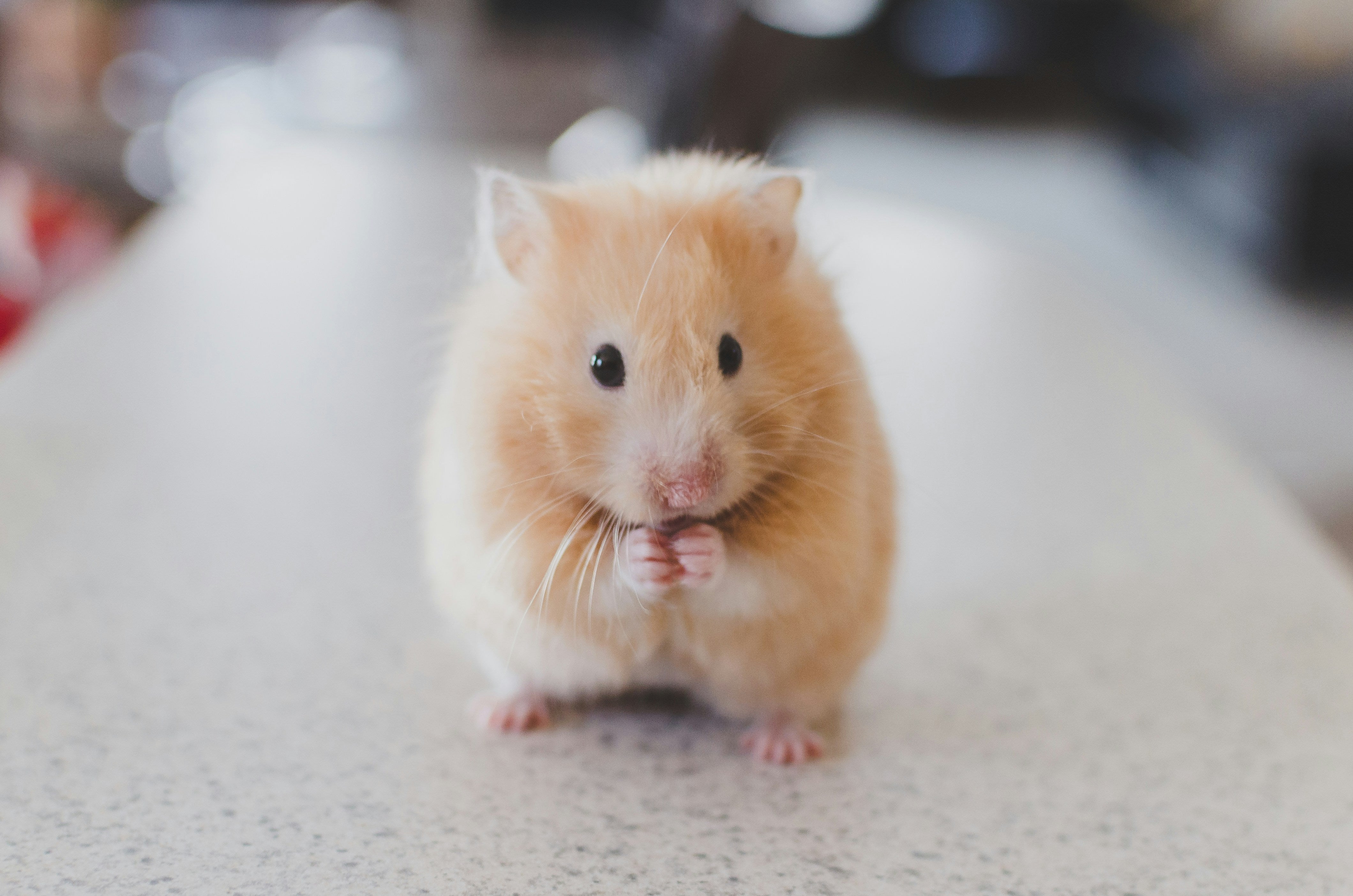As the colder months approach, many of us may notice changes in our pets' behavior. While hibernation is a term most commonly associated with certain wild animals, understanding its concept can shed light on the behaviors of our domesticated companions during winter. In this blog, we’ll explore what hibernation is, how it applies to pets, and what pet owners should keep in mind as temperatures drop.
What is Hibernation?
Hibernation is a physiological state that some animals enter to conserve energy during periods of extreme cold and food scarcity. This state is characterized by significantly reduced metabolic rates, lowered body temperatures, and decreased physiological activity. While true hibernation is most commonly seen in animals like bears, bats, and certain rodents, the concept can relate to other behaviors in pets.
Do Pets Hibernate?
Most household pets, such as dogs and cats, do not hibernate in the traditional sense. Instead, they may exhibit behaviors similar to hibernation during the winter months, such as:
-
Increased Sleep: Many pets tend to sleep more as the days get shorter and temperatures drop. This is a natural response to reduced daylight and a way to conserve energy.
-
Reduced Activity Levels: Dogs may be less inclined to go for walks, while cats might spend more time curled up in warm spots. This behavior can mimic a hibernation-like state, as pets instinctively seek warmth and comfort.
-
Seeking Warmth: Pets will often gravitate towards warm areas in the home, such as near heaters or sunny windows, which can be a sign that they’re conserving energy and staying comfortable.
Hibernation vs. Torpor
It’s essential to distinguish between hibernation and a related concept called torpor. Torpor is a short-term state of decreased physiological activity that some animals enter for just a few hours or overnight. While dogs and cats don’t hibernate, they may enter torpor during colder nights, causing them to sleep more deeply and for longer periods.
Caring for Pets During Winter
As the winter months set in, pet owners should take special care to ensure their pets remain healthy and comfortable. Here are some tips:
-
Maintain Regular Exercise: While your pet may seem less active, it’s essential to encourage regular exercise. Shorter, more frequent walks can help keep them active without exposing them to the cold for too long.
-
Provide Warmth: Ensure your pet has a warm, cozy place to sleep. Consider using pet blankets, beds, or heated mats to help them stay comfortable during colder nights.
-
Adjust Feeding: Monitor your pet's diet and adjust their food intake as needed. Pets may require more calories in winter due to increased energy expenditure from staying warm, even if they seem less active.
-
Hydration: Ensure your pets have access to fresh water at all times, as hydration is crucial, even in winter when they may not seem as thirsty.
-
Regular Health Check-ups: Winter can exacerbate certain health issues. Regular vet visits can help you catch any potential problems early, especially for older pets or those with health conditions.
Signs of Health Issues
While many pets will naturally slow down during the colder months, significant lethargy, changes in appetite, or behavioral changes can indicate health issues. Pet owners should be vigilant and consult a veterinarian if they notice any concerning signs.
Conclusion
While pets don’t truly hibernate, their winter behaviors can often mimic this fascinating survival strategy. Understanding these changes and caring for your furry companions appropriately can help ensure they thrive during the colder months. By providing a warm, nurturing environment and maintaining their health, you can help your pets enjoy a cozy winter season.
Yours, Tutuky.



Share:
Spooktacular Halloween Deals for Your Furry Friends!
Understanding Age in Cats: A Guide for Cat Owners